NIST's 120th Anniversary

Thirteen Decades of NIST History
In 1901, one hundred and twenty years ago, the National Bureau of Standards was founded. Now known as the National Institute of Standards and Technology, NIST has made many impactful contributions to the United States and the world.
This exhibit highlights thirteen interesting moments in NIST's history, one for each decade, covering the past 120 years of our history.
The Timeline
1904: Illuminating Discovery I 1913 - 1915: Navigation at Sea I 1923: Radio at Home I 1932: Forensic Science I 1949: Atomic Time I 1953: A Test of Ethics and Scientific Dedication I 1961: Country Roads I 1971: NIST in Space I 1981: Disaster Studies I 1997: NIST and the Nobel I 2003: Preserving the Charters of Freedom I 2018: Redefining the Kilogram I 2020: Historic District Designation

1904: Illuminating Discovery
Three years after its founding, NIST participated in the 1904 World's Fair in St. Louis to introduce its self to the public on a larger scale.
Perley G. Nutting, of the NIST light and optical instruments section, presented his spectrum analysis research using hand blown glass Plücker electric discharge tubes. The tubes were fabricated by NIST instrument maker Edward O. Sperling into the name of the gas held within the individual tubes.
These luminous script signs were a major attraction for the public, and twenty-six years later they became commercially produced as "Neon Signs."
Learn more about the Luminous Script Signs in the NIST Digital Archives.
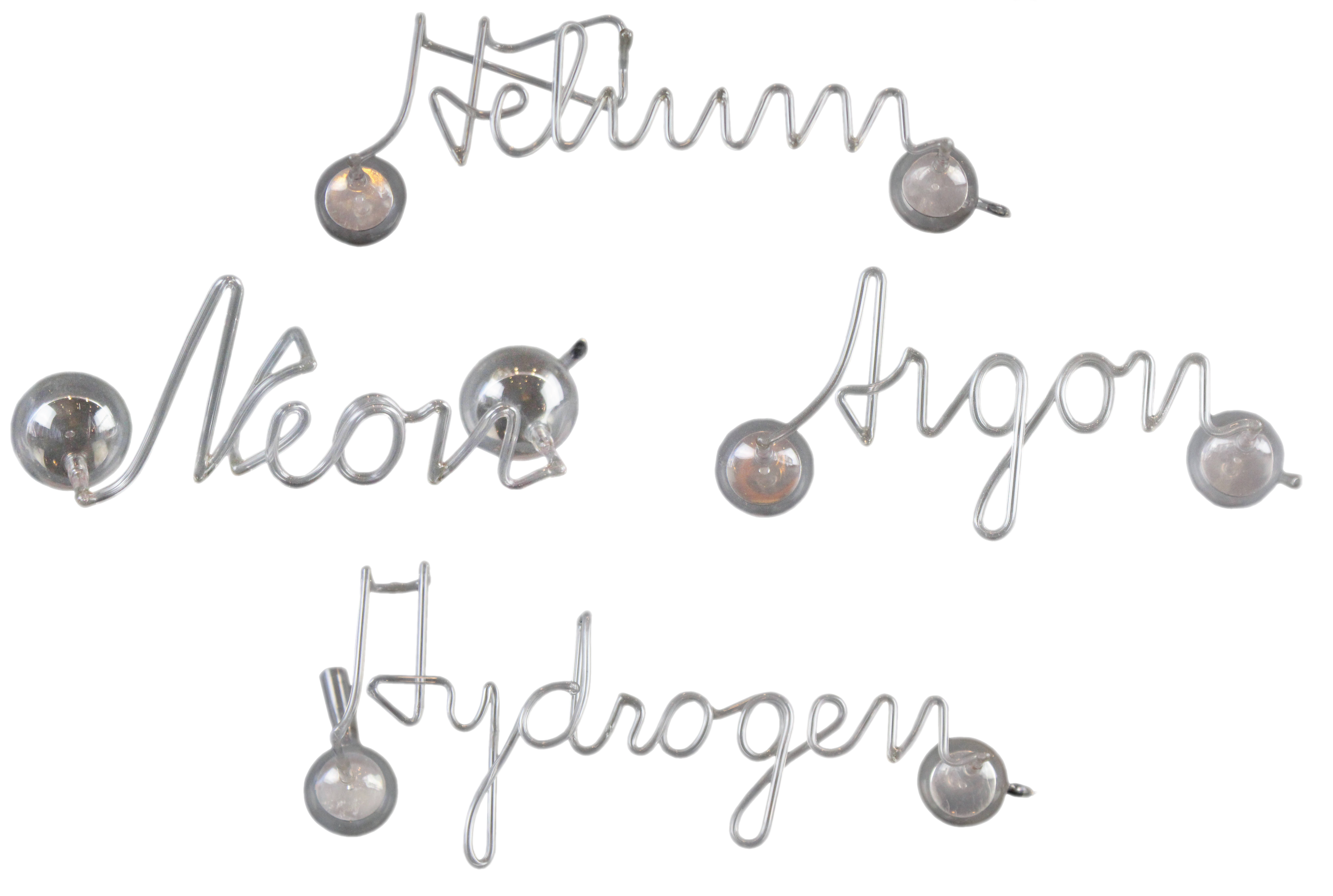

1913 - 1915: Navigation at Sea
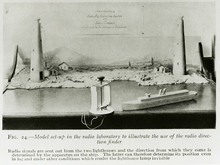
The tragic sinking of the ocean liner Titanic resulted in an increased interest in radio beacon systems to aid in ship navigation. The U.S. Bureau of Navigation wanted a system that could provide navigation in fog and harsh weather conditions at sea. NIST's Frederick A. Kolster contributed his radio engineering expertise in the development of the radio direction finder, or radio compass.
This innovative instrument was based on an original direction finder developed by engineers Ettore Bellini and Alessandro Tosi in 1907 for aviation. Kolster's modifications to the technology enabled ships to accurately determine their location through radio signals broadcasted by lighthouses.
Learn more in Measures for Progress, Chapter III (page 141) and the Navigation Research Collection in the NIST Digital Archives.
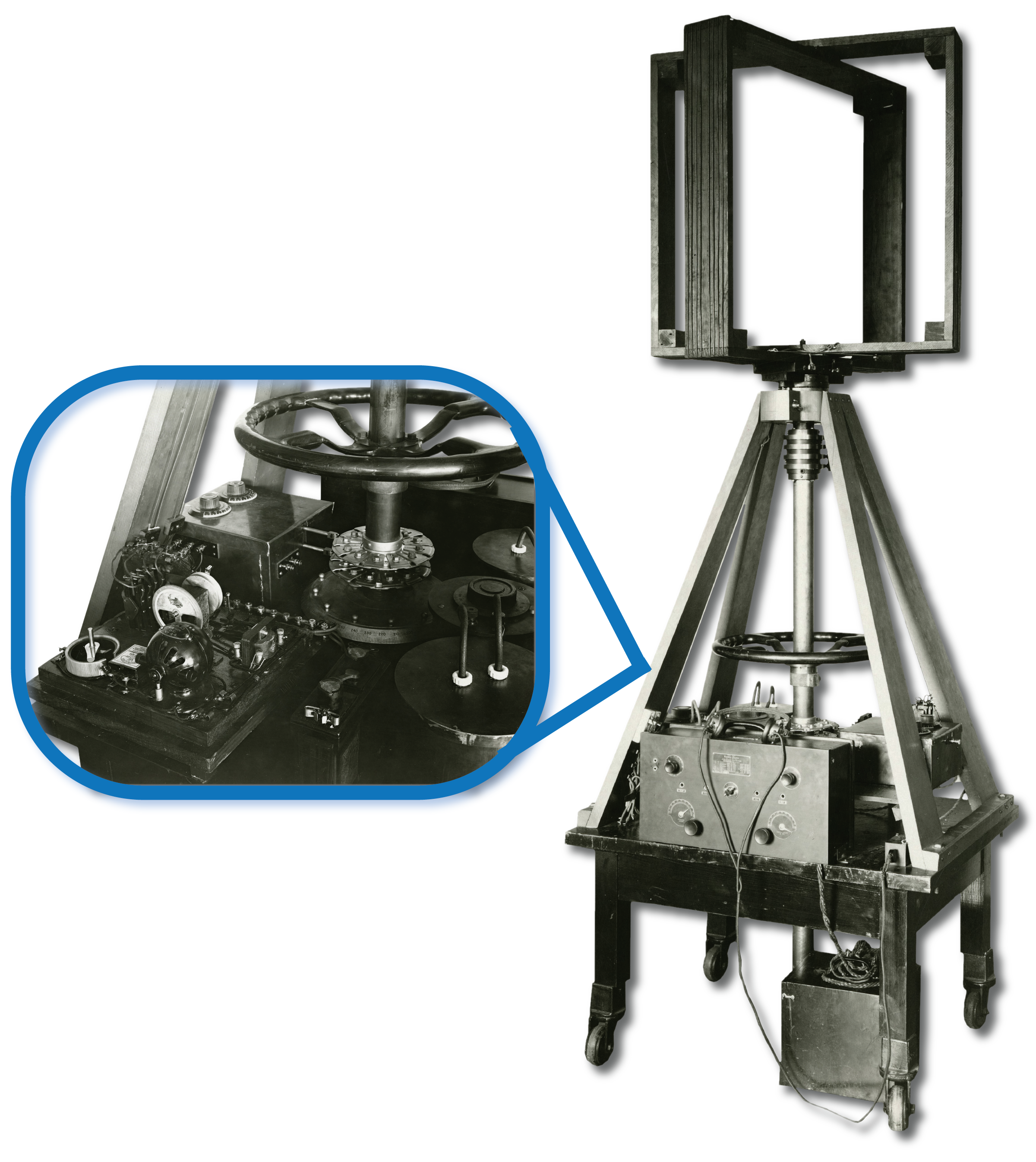

1923: Radio at Home
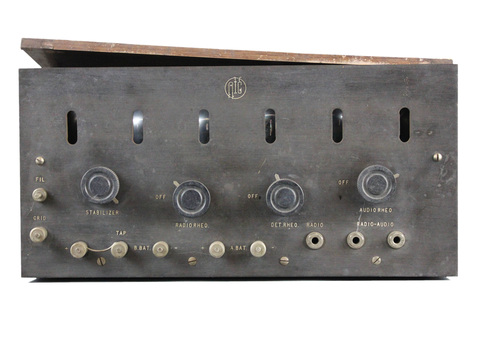
Early radios were powered by bulky and difficult to handle batteries. In 1923 Percival D. Lowell and Francis W. Dunmore of NIST designed one of the earliest radio receivers powered by household alternating current, helping to accelerate the widespread ownership of radios by the general public.
Learn more about the AC Radio Receiver in the NIST Digital Archives.

1932: Forensic Science
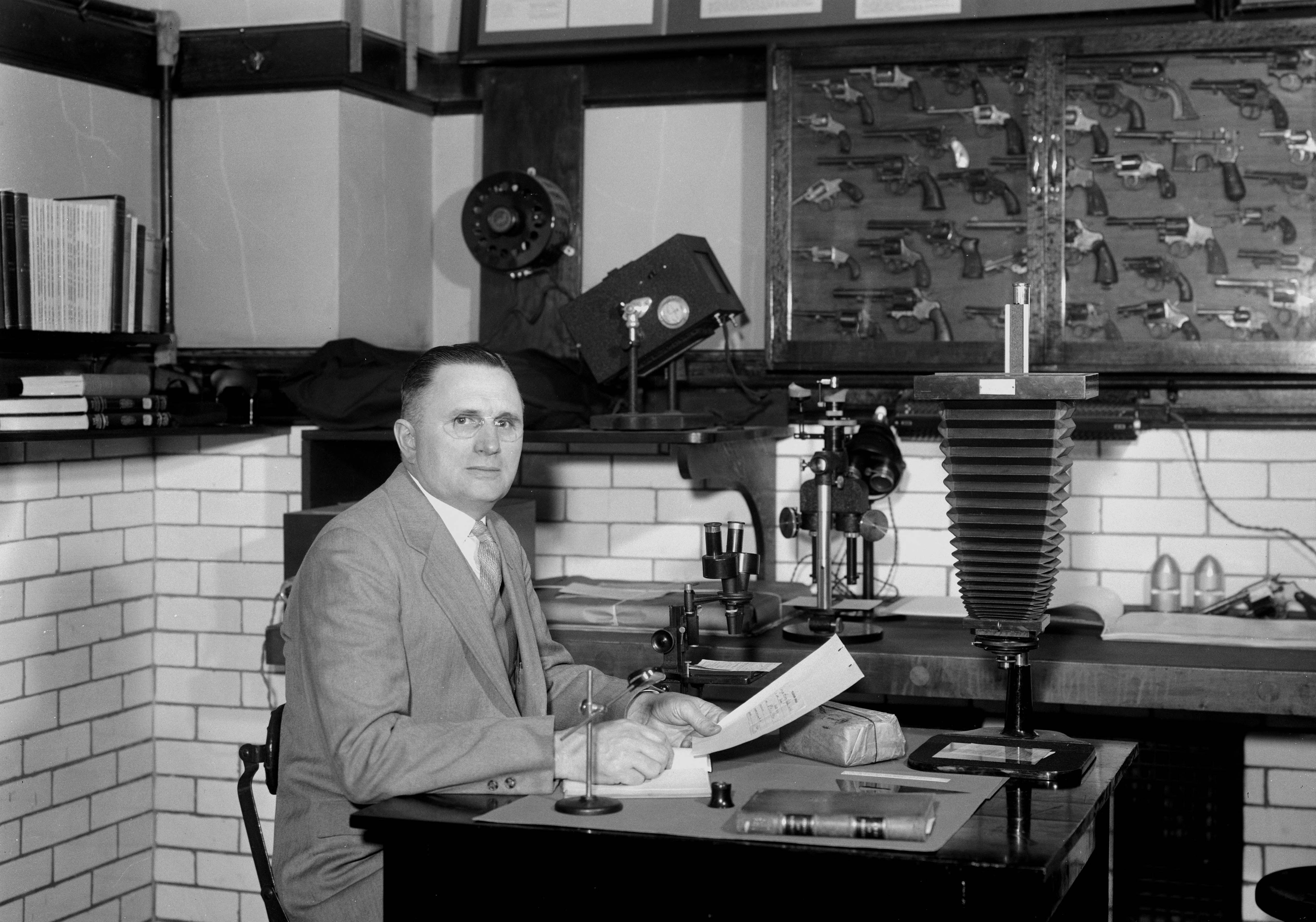
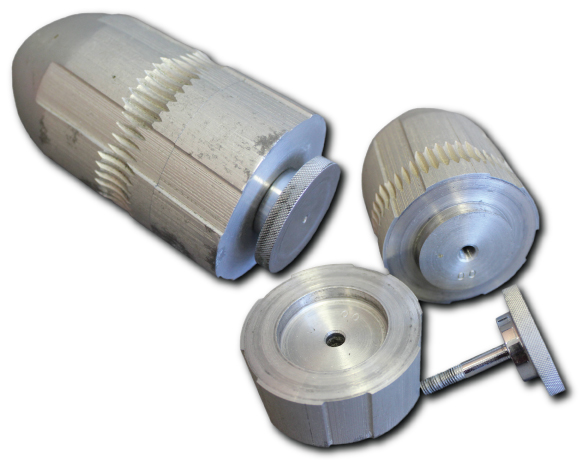
NIST dental materials researcher Wilmer Souder (1884-1974) is considered one of the first federal forensic scientists.
He applied his expertise in the study of materials to ballistic, typewriter, and handwriting identification, helping the FBI solve some of the most notorious cases of his generation.
Souder aided in the establishment of the FBI crime lab, which utilized his pioneering forensic techniques.
Learn more about Wilmer Souder and his contributions to the forensic field in the NIST Digital Archives.

1949: Atomic Time
One of the earliest atomic clocks was invented and built by NIST in 1949. Far more accurate than previous clocks, it enabled the testing of new theories of physics and to the development of the Global Positioning System.
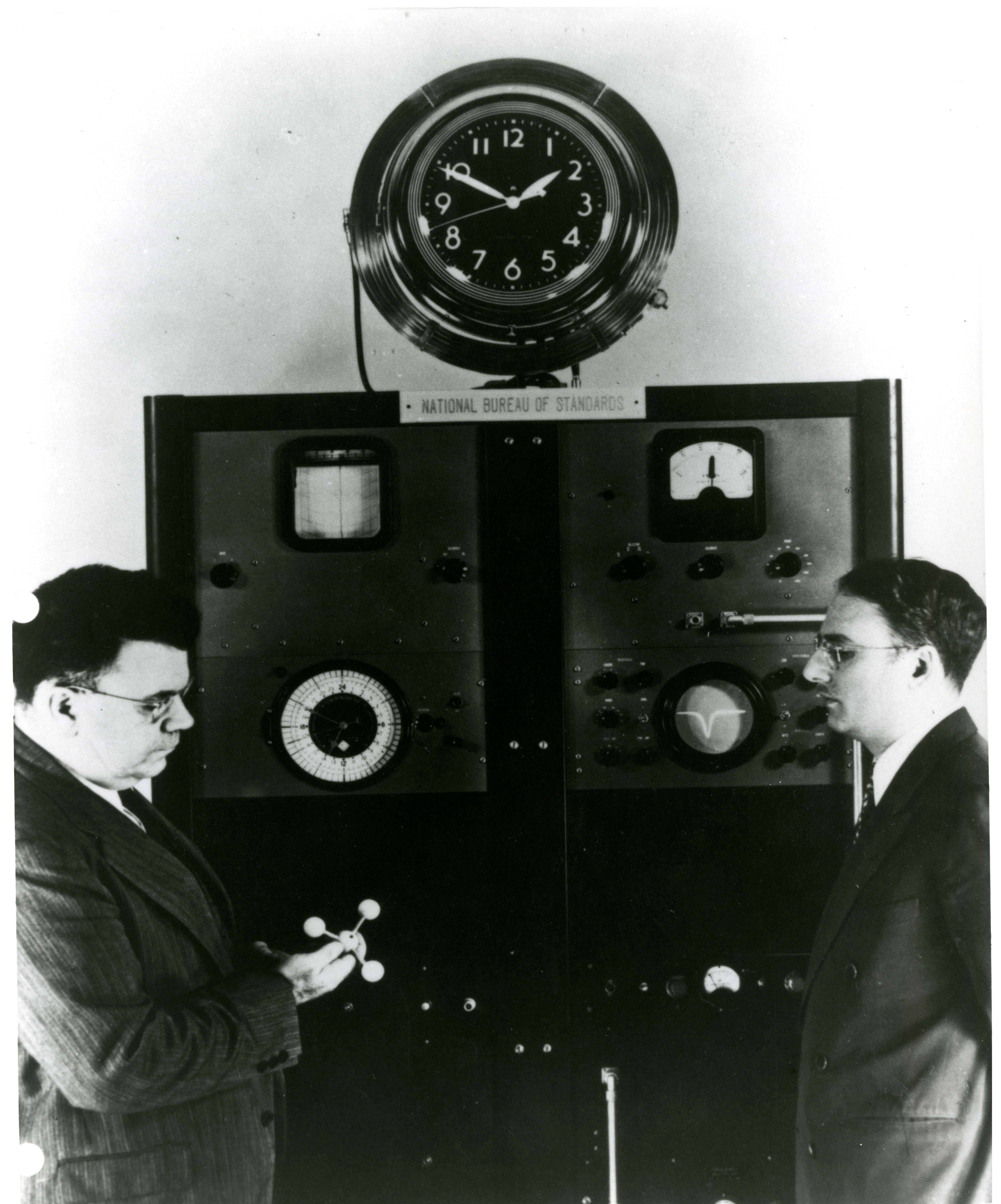
Learn more about the Atomic Clock in the NIST Digital Archives.
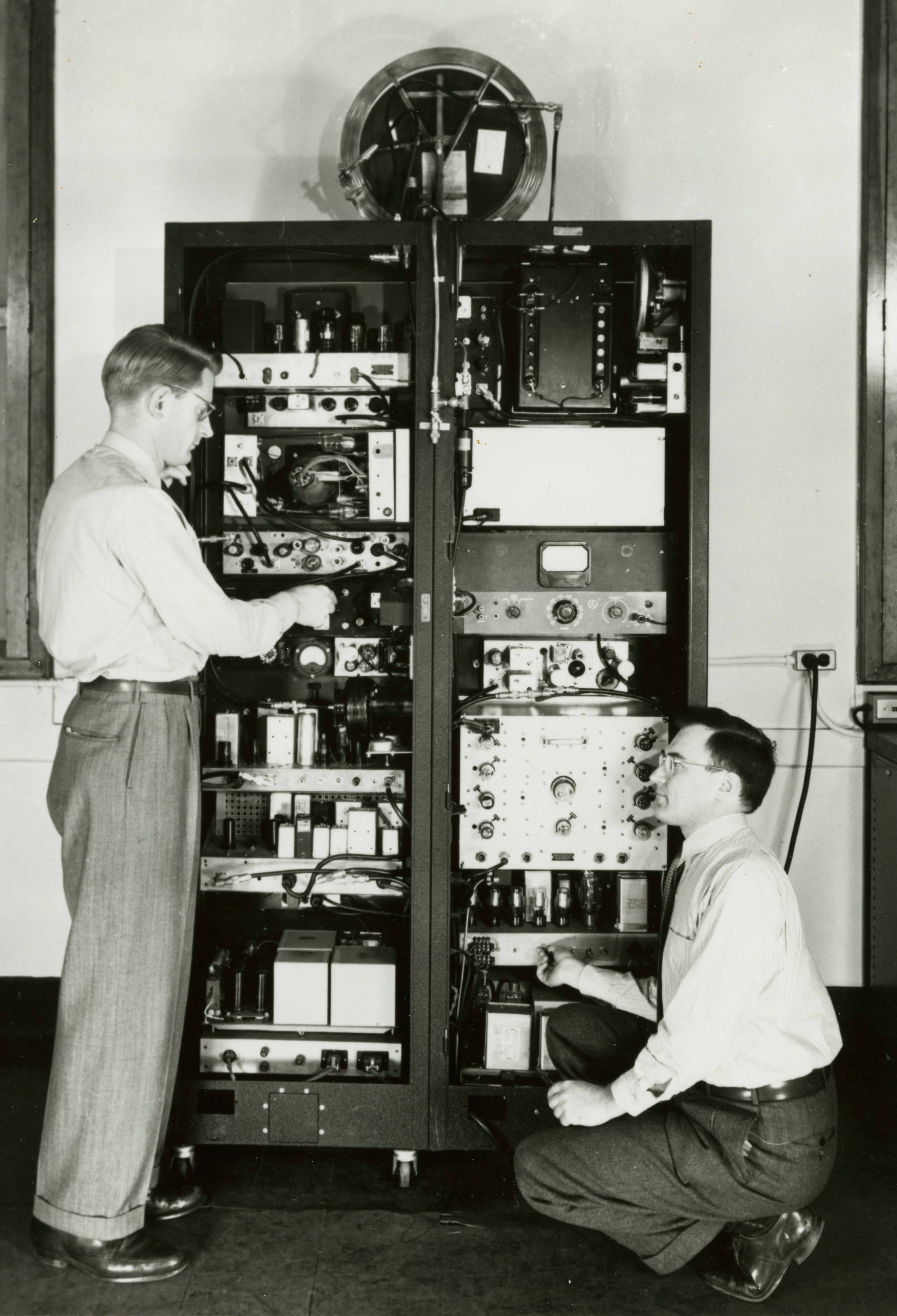

1953: A Test of Ethics and Scientific Dedication
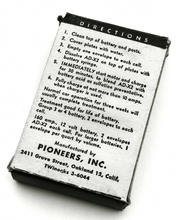
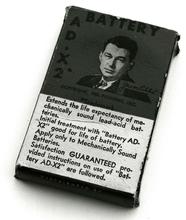
During requested testing of commercial products to determine conformance to government specifications, NIST determined that battery additives, which claimed to extend the life of batteries and even revive a dead battery, did not have any significant effect on battery life or performance.
The seller of one particular additive, sold under the name AD-X2, disagreed and caused a political firestorm, accusing NIST of "bias" and managing to get the NIST director fired.
Despite the pressure, NIST stood by its findings and was eventually supported by a committee from the National Academy of Sciences tasked with looking into the matter. The NIST director was reinstated to his position and NIST's reputation as a honest, credible and reliable organization was restored.
Learn more about the AD-X2 Controversy in the NIST Digital Archives.

1961: Country Roads
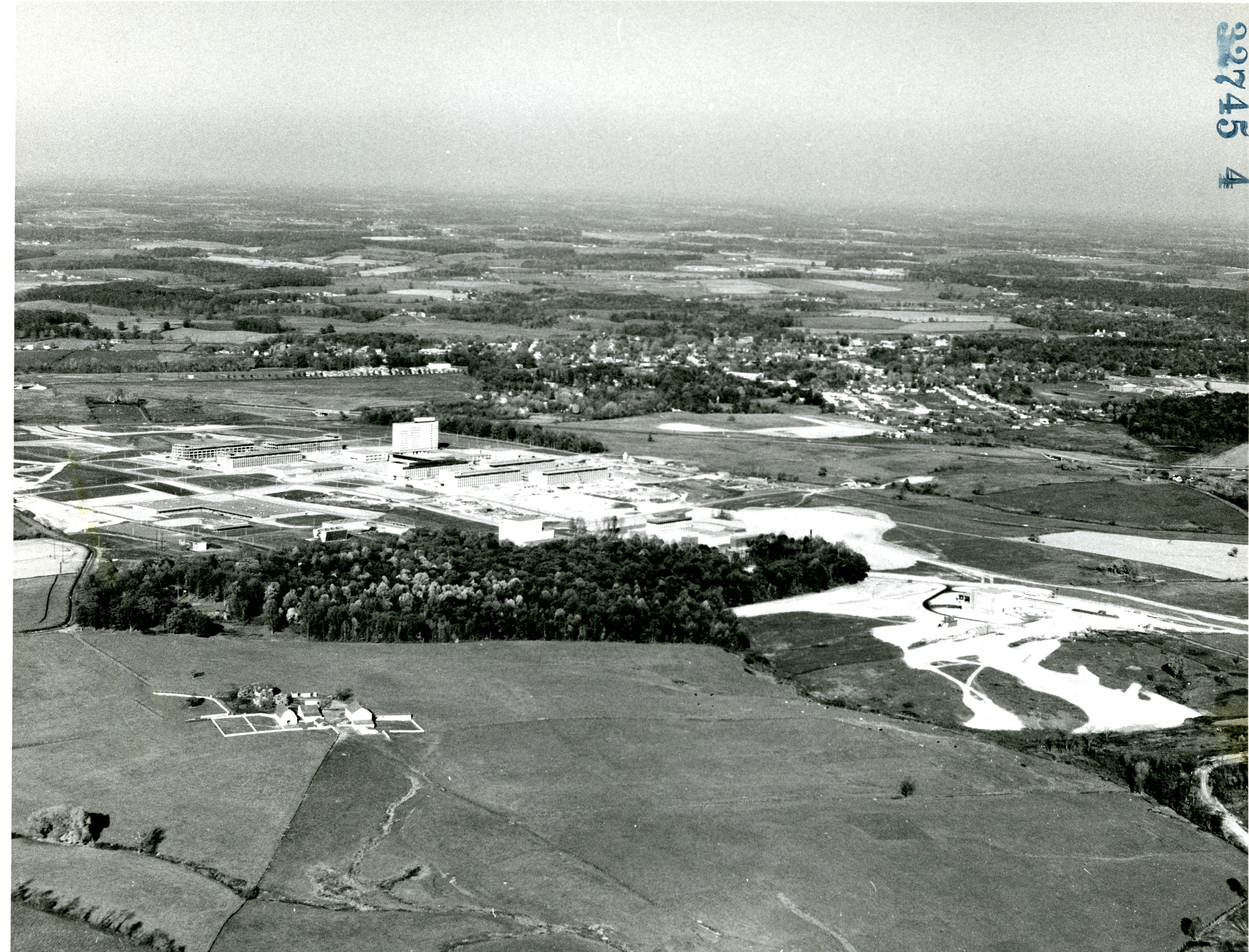
NIST moved from Washington, D.C. to the farming community of Gaithersburg, MD to expand and improve its laboratory facilities. The groundbreaking began 1961 and most of the construction was completed by 1971.
Learn more about NIST's move to Gaithersburg, MD in the NIST Digital Archives.
Fun Fact
The song "Take Me Home, Country Road" made famous by folk singer John Denver, was originally written about a trip to Gaithersburg. In 1970 songwriter Bill Danoff wrote the song about traveling on a country road, one that passes by the NIST campus, to visit family in Gaithersburg. While the collaborating on the song with Denver, the now famous shout-out to West Virginia was included for lyrical flow.

1971: NIST in Space
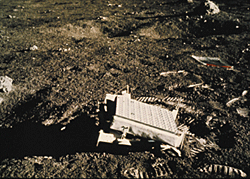
In 1971 NASA astronauts placed NIST designed retro-reflectors on the Moon to enable lunar ranging. Shining a laser light on the reflector, then measuring the time it takes for the pulse of light to return to Earth, opened the door for new studies in astronomy, lunar science, gravitational physics, geodesy, and geodynamics.
Learn more about the Lunar-Ranging in the NIST Digital Archives and the NIST history book Responding to National Needs 1969-1993.

1981: Disaster Studies
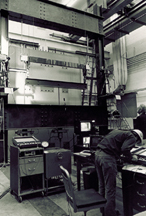
In 1981 two suspended walkways in the Hyatt Regency Hotel in Kansas City, Missouri collapsed, leaving 113 dead, 186 injured. A team made up of NIST scientists and engineers conducted a study to identify why the walkways collapsed and how this could be prevented in the future. The team determined that the collapse was due to construction flaws, which deviated from the original architectural design as well as Kansas City building codes.
More recently, NIST has studied damage to infrastructure caused by Hurricane Maria in Puerto Rico in 2017, and the 2021 collapse of the Surfside Condo in Florida.
Learn more about NIST's disaster studies in the NIST Digital Archives and the Landmarks in the History of Natural Catastrophe Modeling: An exhibit from Johns Hopkins University and the NIST Museum.

1997: NIST and the Nobel
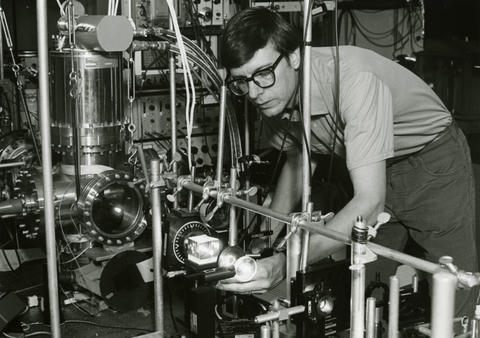
William "Bill" Phillips was awarded the 1997 Nobel Prize in Physics for his work on the development of methods to cool and trap atoms with laser light. He shared the prize with Steven Chu of Stanford University, and Claude Cohen-Tannoudji of the College de France and Ecole Normale Superieure.
The laser cooling and trapping technologies which emerged from their experiments have become basic tools of atomic physics, and have paved the way to new investigations of quantum phenomena, as well as increasingly precise control of atoms themselves. Some of the resulting advances include: ultra-precise atomic clocks, the control and study of chemical reactions in molecules and other many-body systems, and the Bose-Einstein condensate.
Learn more about NIST's Nobel Laurates on the NIST and the Nobel website and

2003: Preserving the Charters of Freedom
The Declaration of Independence, Bill of Rights, and U.S. Constitution are the founding texts of the U.S. government. Collectively known as the "Charters of Freedom," these pieces of parchment have been preserved since the 1950s in encasements fabricated by NIST.
The science of document preservation changed through the decades, and staff at the National Archives and Records Administration (NARA) grew concerned about the 1950s encasements. NARA conservators, in collaboration with NIST and other experts, developed design criteria for new NIST-built encasements installed in 2003, which protect and display the Charters of Freedom today.
Learn more about the preservation of the Charters of Freedom in the NIST Digital Archives.
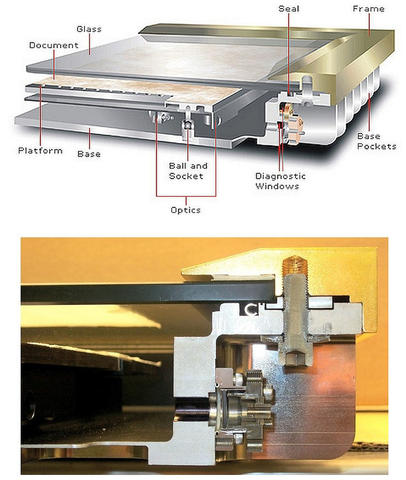

2018: Redefining the Kilogram
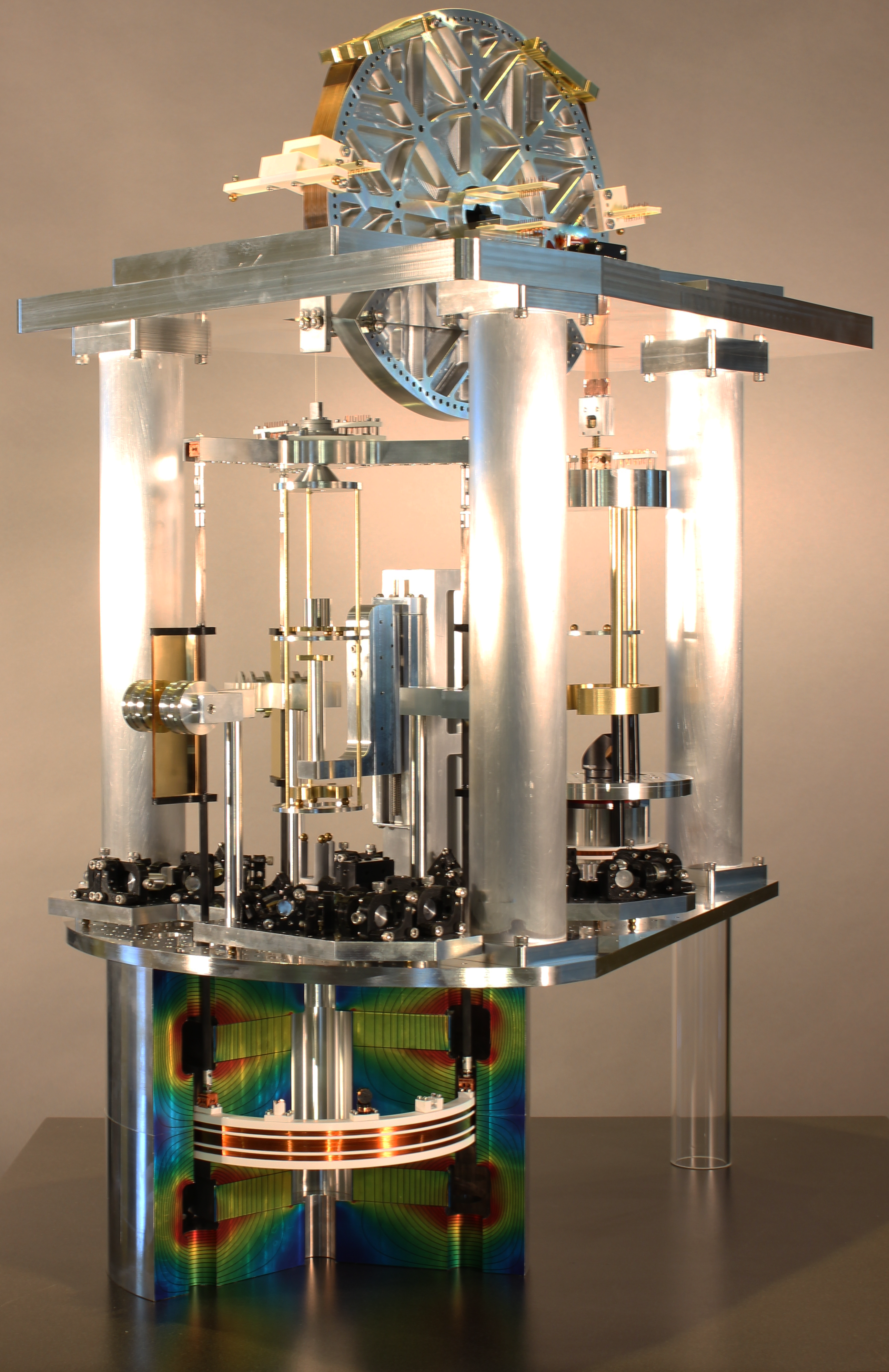
In 2018 the kilogram, the last SI unit still defined by a physical artifact, was redefined to be based on a natural constant, the Planck constant.
NIST's work on measuring the value of the Planck constant and redefining the kilogram enables more precise measures which will lead to future scientific breakthroughs.
Learn more about the International System of Measurements on the NIST SI Units website.

2020: Historic District Designation
The NIST Gaithersburg campus was designated a Historic District in 2020 by the National Register of Historic Places for the significance of its architecture as a postwar research campus.
Learn more about NIST Historic District designation on the NIST Historic Preservation website.
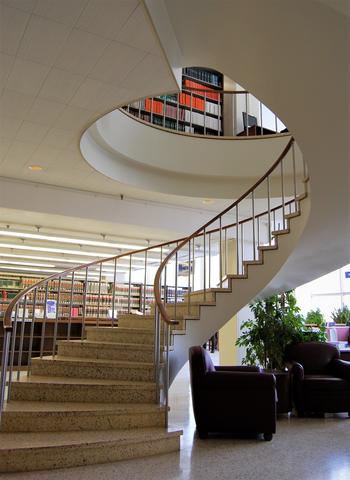

This exhibit is brought to you by the NIST Museum and Archives.
Example of how to reference this exhibit:
NIST Museum. 2021. NIST's 120th Anniversary. Gaithersburg, MD: National Institute of Standards and Technology. Online. https://www.nist.gov/nist-museum/nists-120th-anniversary
Citation Format:
Author. Year. Exhibit Name. Place published: Publisher. Online. URL.
Contacts
-
NIST Research Library & Museum(301) 975-3052

